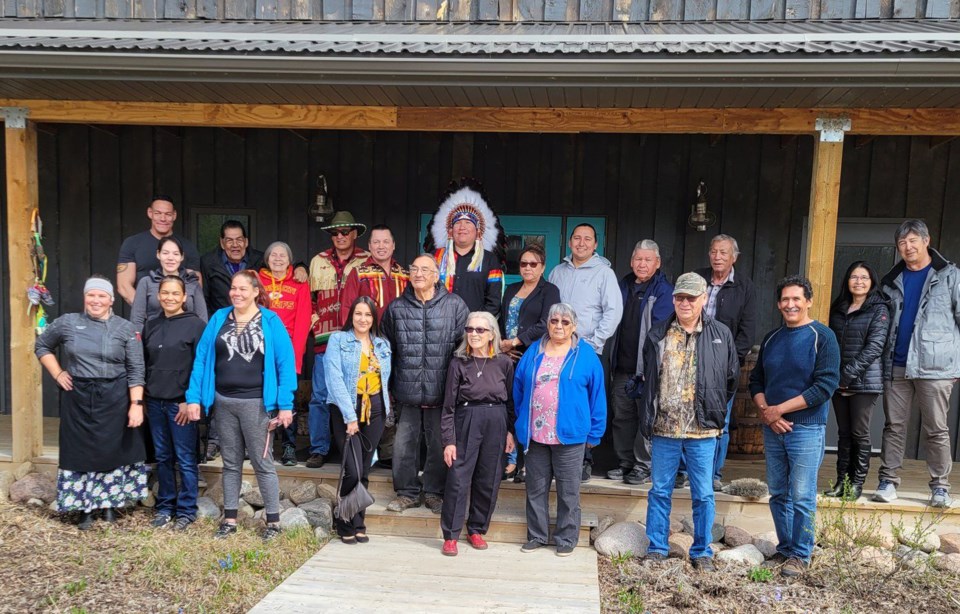PRINCE ALBERT - When you drive through Saskatchewan's boreal forest and arrive at Greig Lake this summer, the landscape will look a little different than it has in the recent past.
“When you turn the corner … and you see all the teepees, it’ll be like ‘wow, we’re almost driving into the 1800s'," said Jesse Morin.
Morin is the operations manager for the Waterhen Lake First Nation (WLFN) development corporation, and those teepees will be part of WLFN’s redevelopment of the , which the First Nation purchased earlier this week.
“We’re leading the way in Indigenous tourism in northwest Saskatchewan,” said Morin. “This will be one of the very first times you can come to northwest Saskatchewan and come into a 100 per cent Indigenous-owned tourism destination.”
The eco lodge is located in , and Morin says the First Nation is looking forward to highlighting, celebrating and reclaiming the history of the land where they will soon be hosting guests.
The area includes burial sites, historical ceremonial sites, and remnants of past fur trapping and trade.
“Our sun dance poles are in the woods here — the trees are still here with the flags on them,” said Morin. “This was where our traditional 小蓝视频 grounds were. So when we take you for a walk, we’re going to teach you about what we were doing.”
Morin says members of the First Nation have also worked to identify all of the medicines and teas that grow in the area around the lodge.
“So if you come up here and you want to go on a medicine walk, we’ll take you, and we’ll go identify some of these plants and medicines,” he said.
Chef Jenni Lessard, who grew up in northern Saskatchewan, is drawing inspiration for the menu at the lodge based on traditional foods and preparations.
The development team from WLFN has been working on the deal to buy the eco lodge since last September.
At the start of the process, Morin — who was on Meadow Lake Tribal Council at the time — remembers many conversations with other people involved about what the future of Indigenous tourism in their area could look like.
“We were talking about maybe building a 10-unit teepee village — let’s start doing some Indigenous inclusion, let’s start leading the way on this in northern Saskatchewan,” he said. “And at the same time, the eco lodge came up for sale.”
It was an obvious match.
Now, 21 students from the First Nation are taking courses in hospitality, food handling, housekeeping and other tourism development skills.
Chief Blaine Fiddler says the lodge will keep fostering education and employment opportunities for the community for a long time.
“This project sets a clear example that First Nations bring a valuable resource to current and future tourism developments in our region,” said Fiddler.
“Most importantly, the project not only brings our past relatives alive by telling their story, but also sends a clear message to our current elders that tourism and economic development will be the foundation that feeds our children and creates a quality of life for decades to come.”



